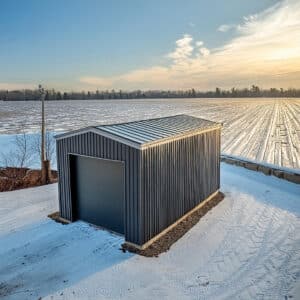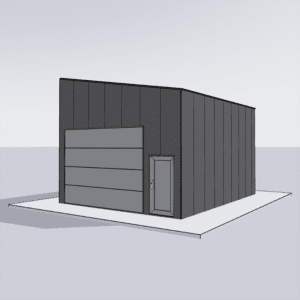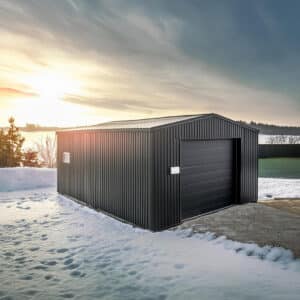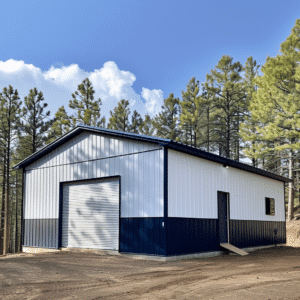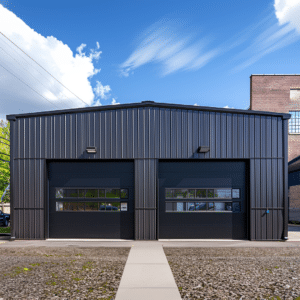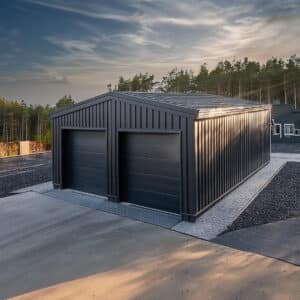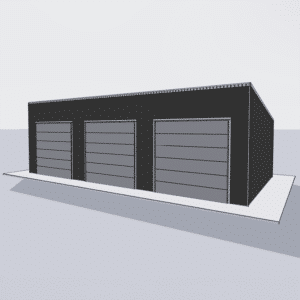Accessibility in commercial buildings is more than just a box to check; it’s the key to unlocking an inclusive society. With the increasing focus on diversity and inclusivity worldwide, ensuring that commercial infrastructures cater to everyone, irrespective of physical abilities, has become imperative. But what exactly does accessibility in commercial buildings entail, and why is it so crucial in today’s architectural landscape?
Understanding Accessibility: Beyond Ramps and Elevators
Accessibility is often mistakenly reduced to simply incorporating ramps and elevators. However, a truly accessible building is one that considers varied needs right from the start. This includes everything from the layout and lighting to signage and acoustics, ensuring that every element is user-friendly for those with different physical and cognitive abilities.
Imagine navigating through a maze. For some, this might be an exciting challenge; but for others, particularly those with impairments, it can be a daunting obstacle. In designing accessible commercial spaces, the goal is to eliminate such barriers, making spaces as welcoming as a familiar path through a garden.
The Importance of Compliance: Legal and Social Implications
Adhering to accessibility standards is not just a legal requirement—it’s a social commitment. Many jurisdictions have established stringent guidelines, such as the Americans with Disabilities Act (ADA) in the United States. The ADA National Network provides valuable resources to ensure compliance with these requirements, underscoring the need for spaces that accommodate everyone. Non-compliance can lead to severe penalties and damage to a business’s reputation. More importantly, it signals a lack of regard for inclusivity.
Accessibility in commercial buildings is a distinct hallmark of a progressive and empathetic community, signifying an understanding that everyone deserves equal access to opportunities and environments.
Design Elements Enhancing Accessibility
Designing accessible commercial spaces requires thoughtful planning and execution. Here, we explore some key design elements that play a pivotal role in making commercial buildings more accessible:
Wayfinding Systems: Navigational Aid
Think of wayfinding as the GPS of your building. Clear, concise, and strategically placed signage helps guide individuals throughout the premises. Utilizing large fonts, braille, audio guides, and color contrasts are effective techniques to assist visually impaired individuals and enhance the navigational experience for everyone.
Inclusive Restroom Designs
One of the most critical areas for accessibility is restroom facilities. An inclusive restroom should feature ample space for maneuverability, grab bars, and low-level sinks. Such designs stress the necessity of placing user needs at the heart of architectural plans to promote independence and dignity for all users.
Images of Accessible Infrastructure
Here are some striking examples of commercially viable accessible infrastructure:
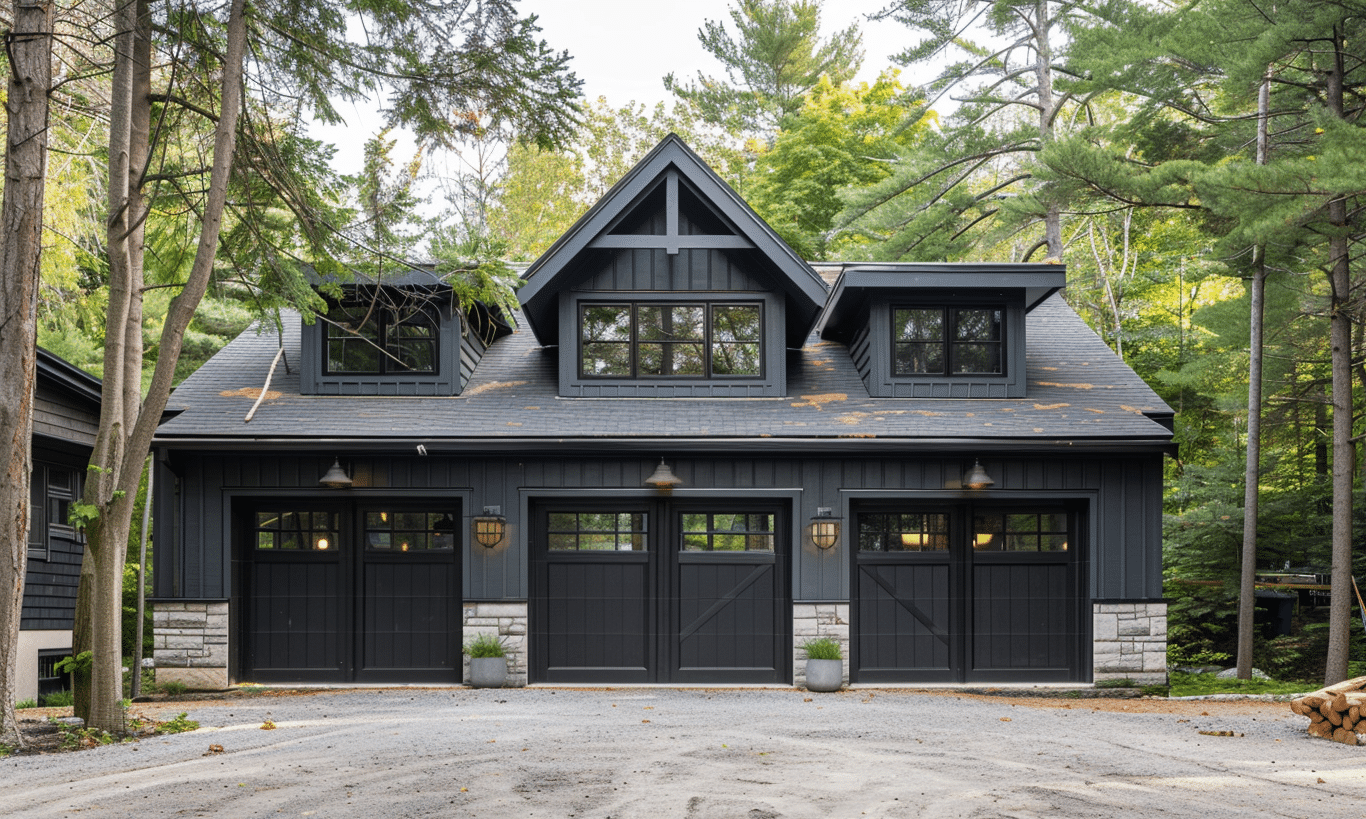
The image above showcases the artistic fusion of accessibility and modern design—a building that is both functional and appealing to the eye.
Technology Integration
Technology plays a transformative role in enhancing accessibility. Automated doors, touchless sensors, and voice-activated controls are increasingly prevalent features that facilitate ease of use without compromising style or function. Furthermore, technology can seamlessly integrate with existing structures, making adaptive reuse in commercial construction an alluring option for modernizing older buildings.
Material Choices: Redefining Accessibility in Style
Selecting suitable materials is a crucial step in the design phase. Materials should not only meet structural and aesthetic requirements but also contribute to the building’s overall accessibility. Non-slip flooring, acoustic-friendly materials, and appropriate lighting levels can significantly enhance the user experience.
The Rise of Steel in Commercial Accessibility
Steel, for instance, has become a favored choice for building accessible commercial spaces. Its durability, adaptability, and aesthetic appeal make it an ideal option for constructing user-friendly structures. In particular, steel warehouses exemplify how strategic material selection can foster accessibility while maintaining functionality and design excellence.
Moreover, commercial steel buildings reflect this balance of strength and beauty, promising accessible spaces that do not compromise on safety or architectural appeal.

The image above demonstrates the visual aesthetics of steel in commercial architecture, underscoring its adaptability and integration into modern designs.
The Compelling Case for Accessibility: Business and Beyond
So, why should businesses prioritize accessibility in their commercial buildings? Beyond legal obligations and social responsibility, accessible spaces can significantly boost a brand’s reach and engagement.
Economic Benefits
Creating accessible commercial spaces opens doors to a broader customer base. It invites a diverse clientele, including individuals with disabilities who appreciate environments designed with their needs in mind. Businesses that invest in accessibility can enjoy increased patronage, loyalty, and positive word-of-mouth.
Fostering an Inclusive Workforce
Accessible infrastructure supports a diverse workforce by providing equitable opportunities for employment. Workplaces that prioritize accessibility demonstrate commitment to inclusivity, fostering a culture of acceptance and diversity where everyone can thrive.
Adaptive Reuse: A Strategy for Sustainable Accessibility
Adaptability is a cornerstone of sustainable design. With evolving needs, buildings must be flexible to accommodate change. The strategy of adaptive reuse in commercial construction allows for the redesign of existing structures to enhance accessibility while conserving resources—a win-win for both businesses and the environment.
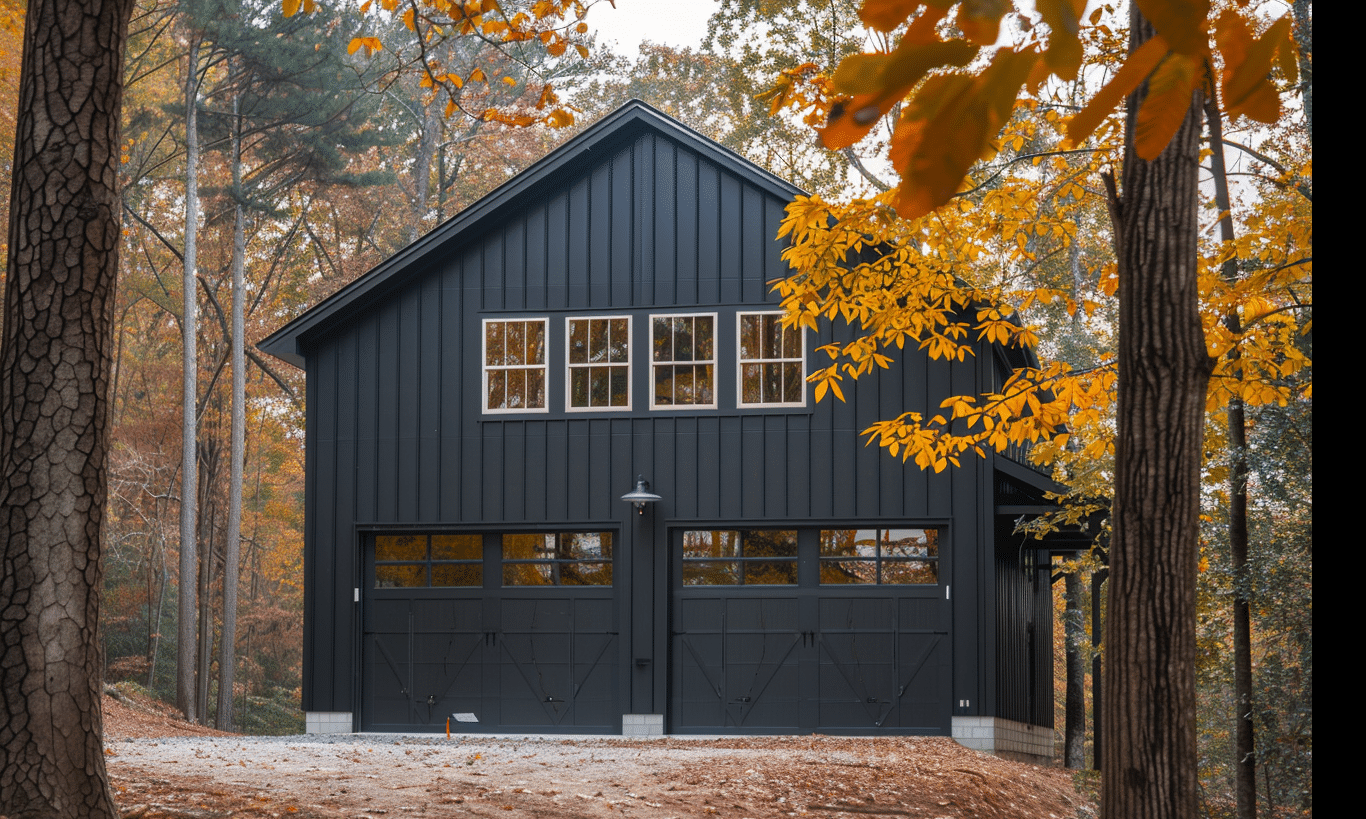
The image above illustrates how adaptive reuse and sustainable material choice can converge to create accessible, modern, and environmentally conscious spaces.
Conclusion: The Path to a More Accessible Future
Accessibility in commercial buildings transcends mere compliance; it’s about fostering a society where every individual feels welcomed and valued. By embracing inclusive design principles and leveraging innovative materials like steel, businesses can construct spaces that are accessible, sustainable, and beautiful.
As stakeholders, architects, and decision-makers prioritize accessibility, they not only enhance community ties but also position their businesses for success in a diverse marketplace. For more information on creating accessible commercial spaces, visit Your Building Team.
In the journey towards a more inclusive future, accessibility in commercial buildings is the bridge that binds us together—a cornerstone of equitable urban landscapes. Let’s build a world where no one feels left behind.



